Advertisement
Gradio has always been about making machine learning tools easier to use and share. Its simple interface and minimal setup make it a favorite among developers, researchers, and educators who want to turn complex models into interactive demos. Now, Gradio has introduced something new to the toolbox—a revamped data frame component.
This update isn’t just cosmetic. It brings a deeper level of interactivity, better performance, and much-needed flexibility for handling structured data. Whether you’re building a live ML demo or just exploring datasets, the new data frame in Gradio changes how that process feels.
At its core, a data frame is just a table of data—rows and columns filled with values. In older versions of Gradio, you could show a basic table, maybe let users tweak a few numbers or labels, and pass the result to your function. But the experience was limited. Large datasets made the app sluggish, formatting was rigid, and editing was clunky. The new Gradio data frame component changes this in several ways.
First, the update introduces full two-way interactivity. That means users can see a data frame as output and use it as input—modify it, sort columns, filter rows, and return the result to your model or function. The table isn't just there to display data anymore; it becomes an interface in its own right.
Second, the update includes better support for different data types. Gradio now recognizes numerical inputs, categorical values, booleans, dates, and text. You can define expected column types, set constraints, and add dropdowns or toggles where needed. This level of control is useful for anyone who wants to limit user input to valid entries without writing tons of extra validation code.
Another major improvement is speed. The new data frame is built on top of modern front-end technologies and can now handle larger datasets without freezing or crashing. Rendering is smoother, and updates to the table happen faster. This matters a lot for ML demos that need to update quickly after a prediction or retraining step.
Let’s say you’ve built a model that predicts housing prices based on user input—like the number of bedrooms, square footage, and location. With the new data frame, you can load a CSV sample data file, let users make changes, and run predictions row-by-row. They don't need to submit a single form each time; they can work directly with a data grid, modify entries, and see live feedback from your model.

In another example, imagine a sentiment analysis tool that processes customer reviews. Instead of uploading one review at a time, a user can paste a whole dataset of reviews into the data frame. Your model processes them in batches, and the output appears in a new column. With support for copy-paste, CSV import/export, and scrollable views, the process feels more natural and less like a rigid app.
Researchers working on annotation tools also benefit. You can now build an interface where users directly label text, images, or audio entries in a data frame. Each interaction updates the underlying dataset in real-time. This setup is especially useful for crowdsourced data collection or teaching machine learning through interactive notebooks.
Despite these upgrades, Gradio has kept the interface clean. The component still fits into the simple gr.Interface() or gr.Blocks() workflow. A few lines of code are all you need to get started:
import gradio as gr
import pandas as pd
df = pd.DataFrame({
"Name": ["Alice", "Bob"],
"Age": [25, 30],
"Subscribed": [True, False]
})
def modify_data(data):
df = pd.DataFrame(data)
df["Age"] = df["Age"] + 1
return df
gr.Interface(fn=modify_data, inputs=gr.Dataframe(headers=["Name", "Age", "Subscribed"]),
outputs="dataframe").launch()
That’s it. The new dataframe is immediately interactive. Users can update cells, trigger the function, and see updated results. You can lock columns, change types, or provide default values with some tweaks.
Another underrated detail is how Gradio lets you preserve the state. That means if a user scrolls or makes edits, those aren't lost when the model runs. It makes the experience feel more like a full app than just a wrapper around a function.
Integration is even smoother for those using Gradio Blocks. You can create multi-step apps that combine data frame input with file uploads, dropdowns, textboxes, and other widgets. The new data frame fits this structure without extra complexity, behaving predictably and updating cleanly alongside other components.
One of the reasons people use Gradio is to share ideas quickly. You don’t need to build a backend or deploy a full web app to show what your model does. The new data frame improves that process when your model interacts with structured data.
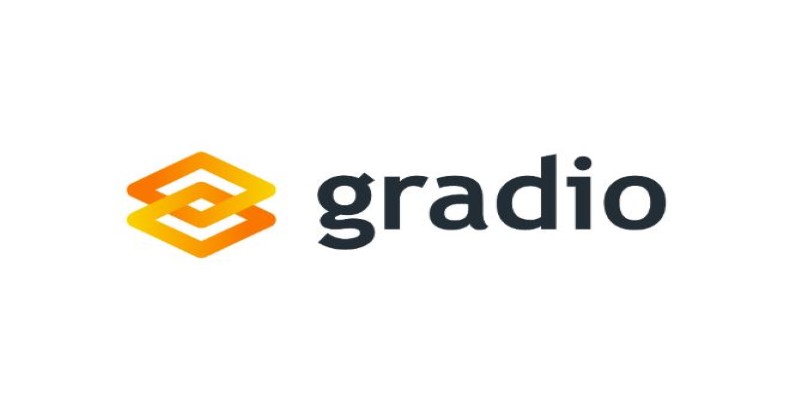
If you're in a team, it also helps with feedback loops. Instead of writing a report or explaining your code, you can send a live demo link. Teammates can tweak the data, try edge cases, or export results—all on one page. This reduces back-and-forth and helps models improve faster.
Gradio’s new data frame also helps educators. Students learning about model training or data cleaning often struggle with notebooks' static nature. Letting them edit a dataset live and see how results change gives them a better sense of how data impacts predictions. It makes abstract topics feel concrete.
From hackathons to production prototypes, this updated feature feels like a step toward more practically bridging coding and interaction. You're no longer writing boilerplate HTML or struggling with CSS. You're focusing on logic, while Gradio handles layout and user input.
Gradio’s new data frame doesn’t try to reinvent the wheel. It does something more valuable—it improves what already worked by listening to user needs and smoothing out the pain points. With support for editing, type constraints, larger datasets, and real-time feedback, it becomes a stronger bridge between your data and your models. Whether you're sharing a demo or teaching a concept, it gives you the tools to make your interface more useful and less brittle. This update isn't just about better performance, collaboration, and thoughtful experimentation.
Advertisement

Hugging Face and JFrog tackle AI security by integrating tools that scan, verify, and document models. Their partnership brings more visibility and safety to open-source AI development

How the LiveCodeBench leaderboard offers a transparent, contamination-free way to evaluate code LLMs through real-world tasks and reasoning-focused benchmarks
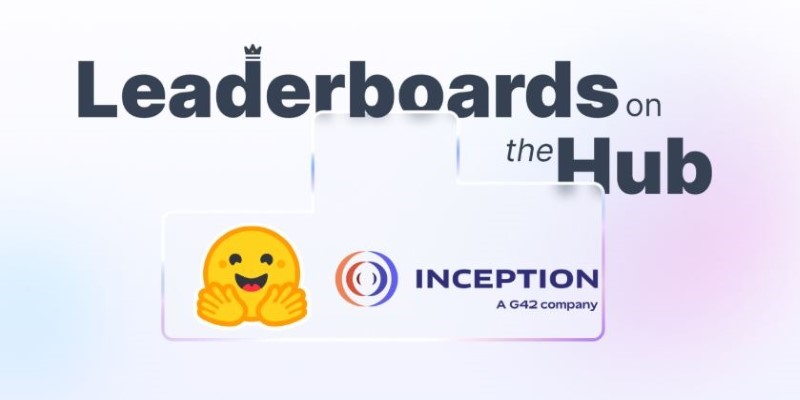
How Arabic leaderboards are reshaping AI development through updated Arabic instruction following models and improvements to AraGen, making AI more accessible for Arabic speakers

How temporal graphs in data science reveal patterns across time. This guide explains how to model, store, and analyze time-based relationships using temporal graphs

Explore the Rabbit R1, a groundbreaking AI device that simplifies daily tasks by acting on your behalf. Learn how this AI assistant device changes how we interact with technology
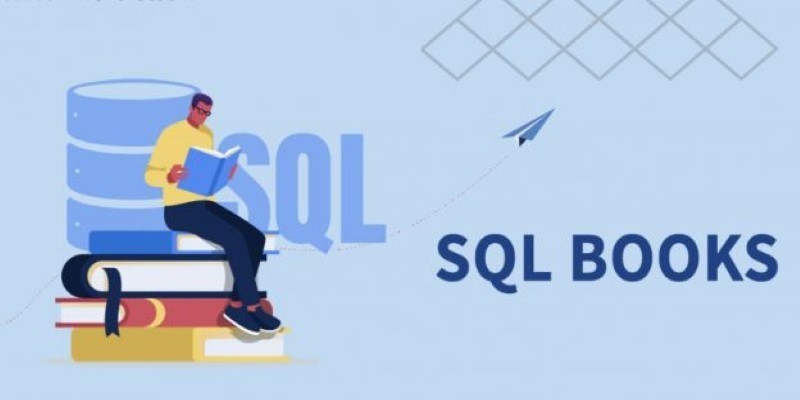
Looking to master SQL concepts in 2025? Explore these 10 carefully selected books designed for all levels, with clear guidance and real-world examples to sharpen your SQL skills

How AI-powered earthquake forecasting is improving response times and enhancing seismic preparedness. Learn how machine learning is transforming earthquake prediction technology across the globe
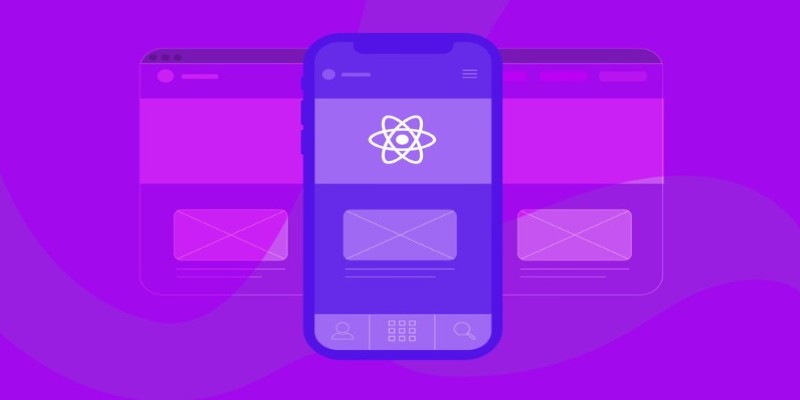
How to run LLM inference on edge using React Native. This hands-on guide explains how to build mobile apps with on-device language models, all without needing cloud access
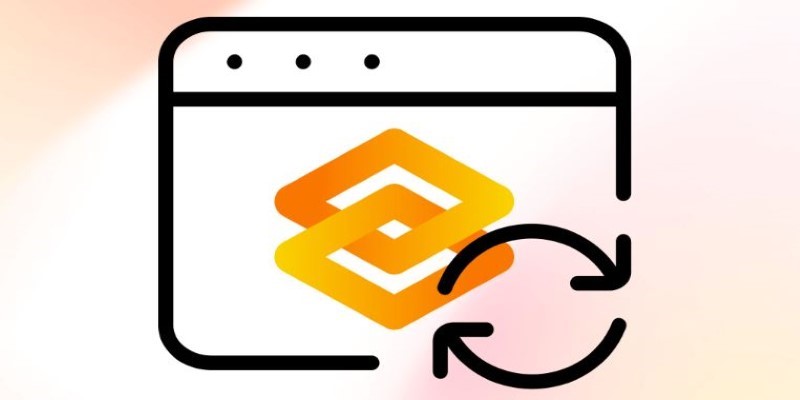
Gradio's new data frame brings real-time editing, better data type support, and smoother performance to interactive AI demos. See how this structured data component improves user experience and speeds up prototyping
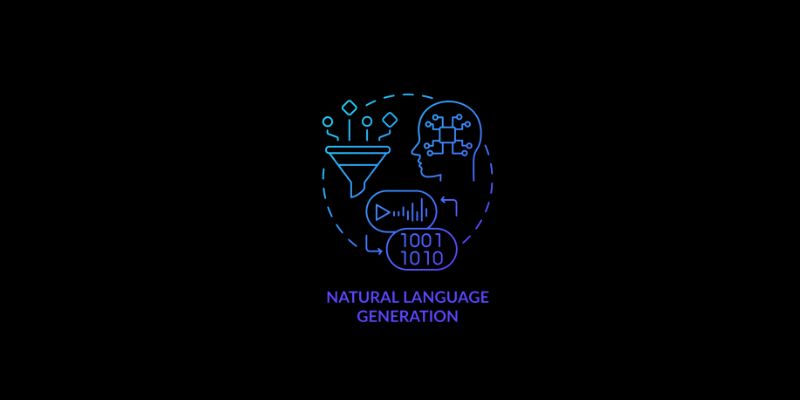
Natural language generation is a type of AI which helps the computer turn data, patterns, or facts into written or spoken words

Language modeling helps computers understand and learn human language. It is used in text generation and machine translation
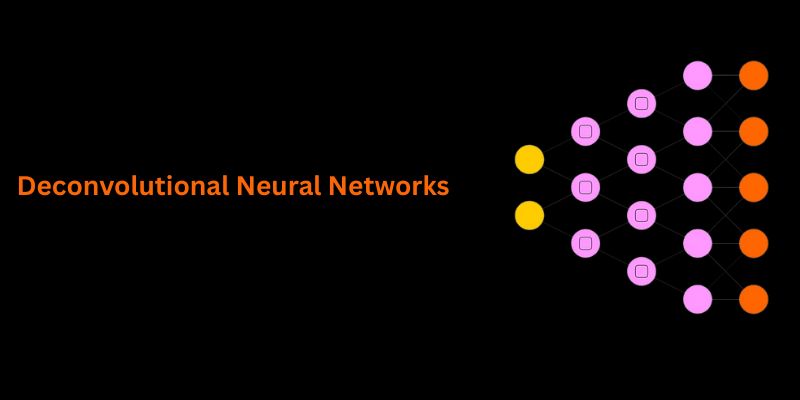
Understand how deconvolutional neural networks work, their roles in AI image processing, and why they matter in deep learning